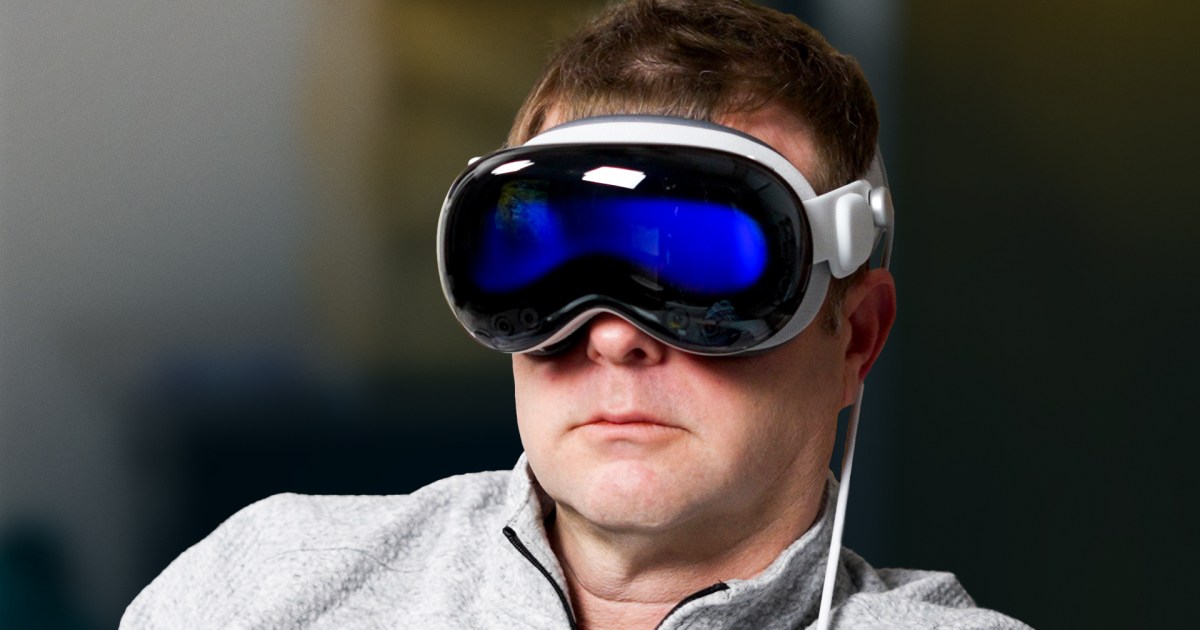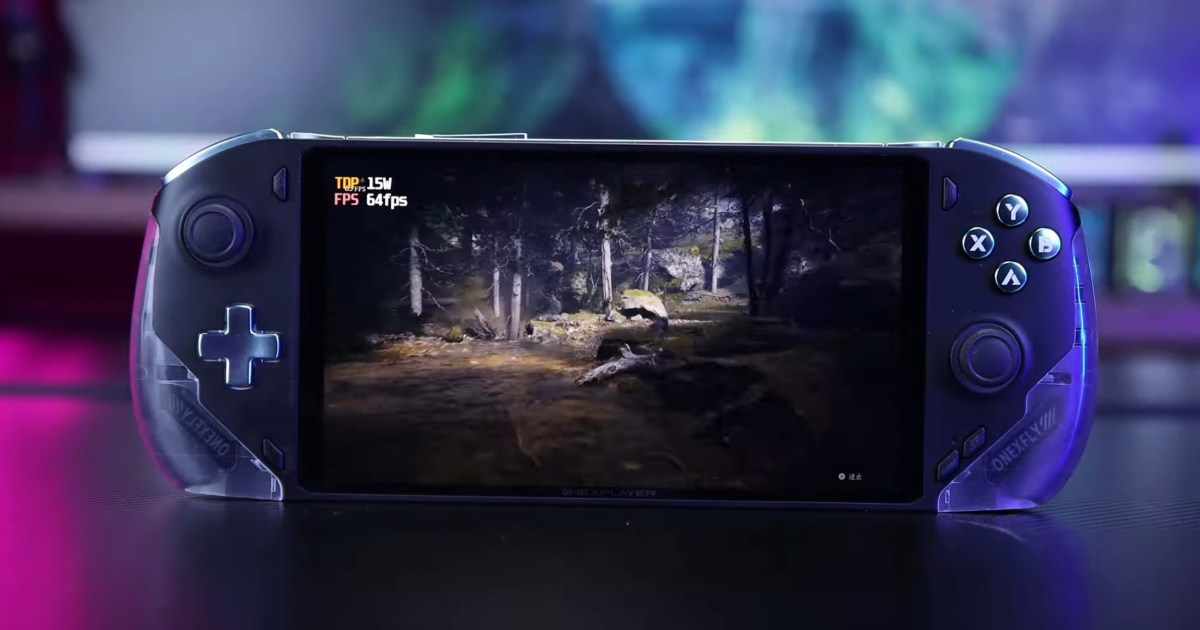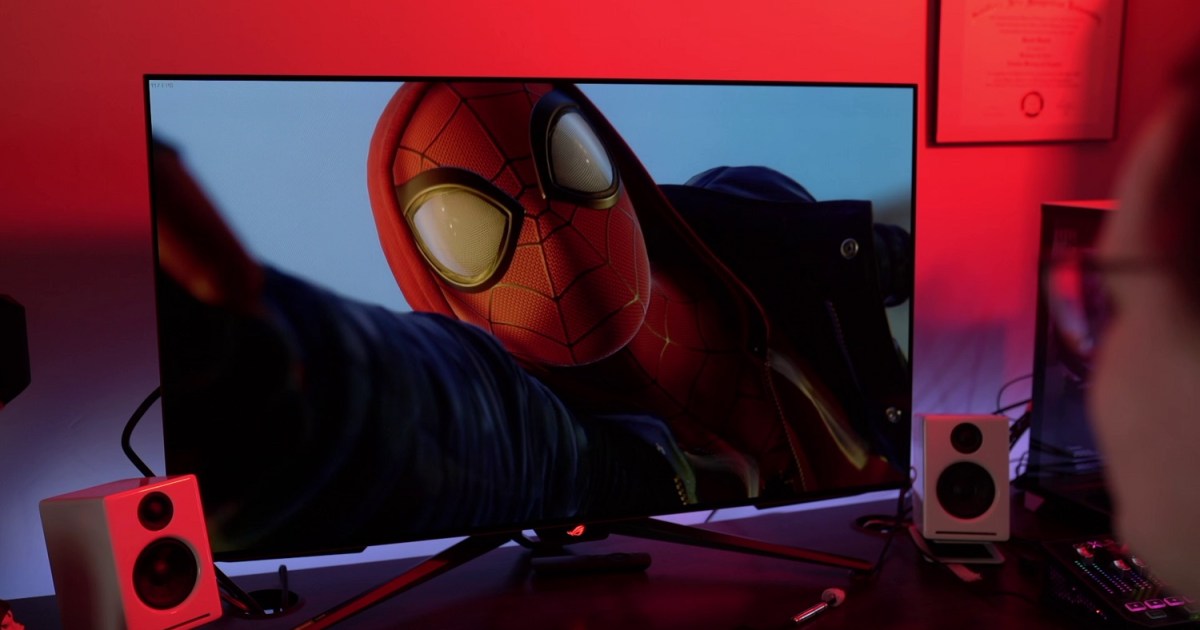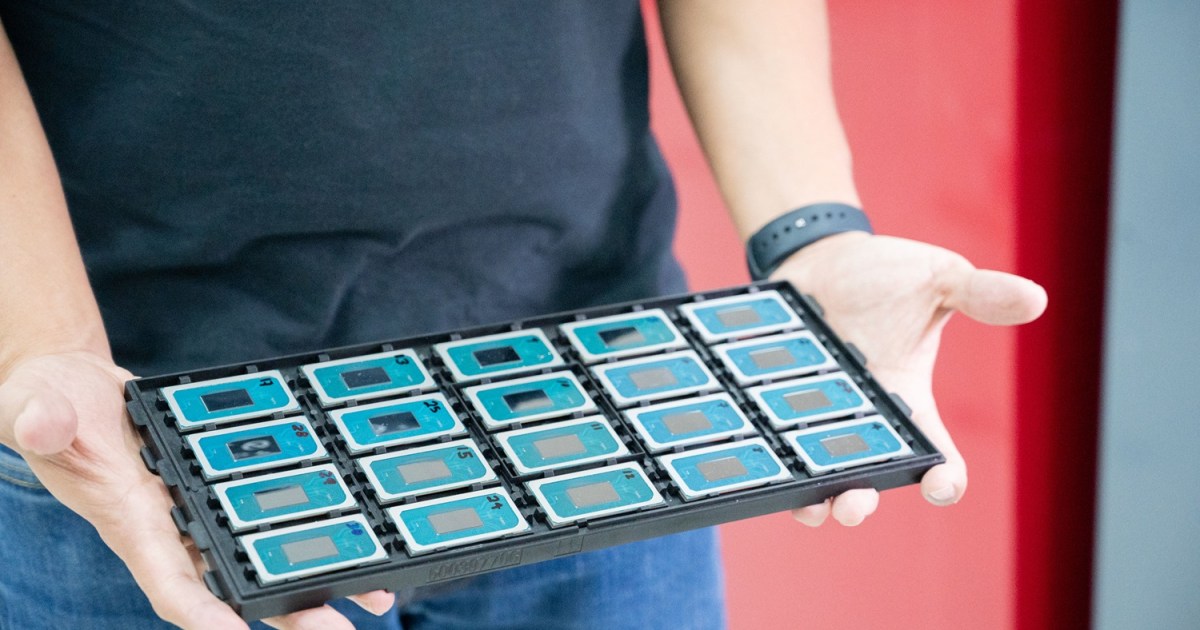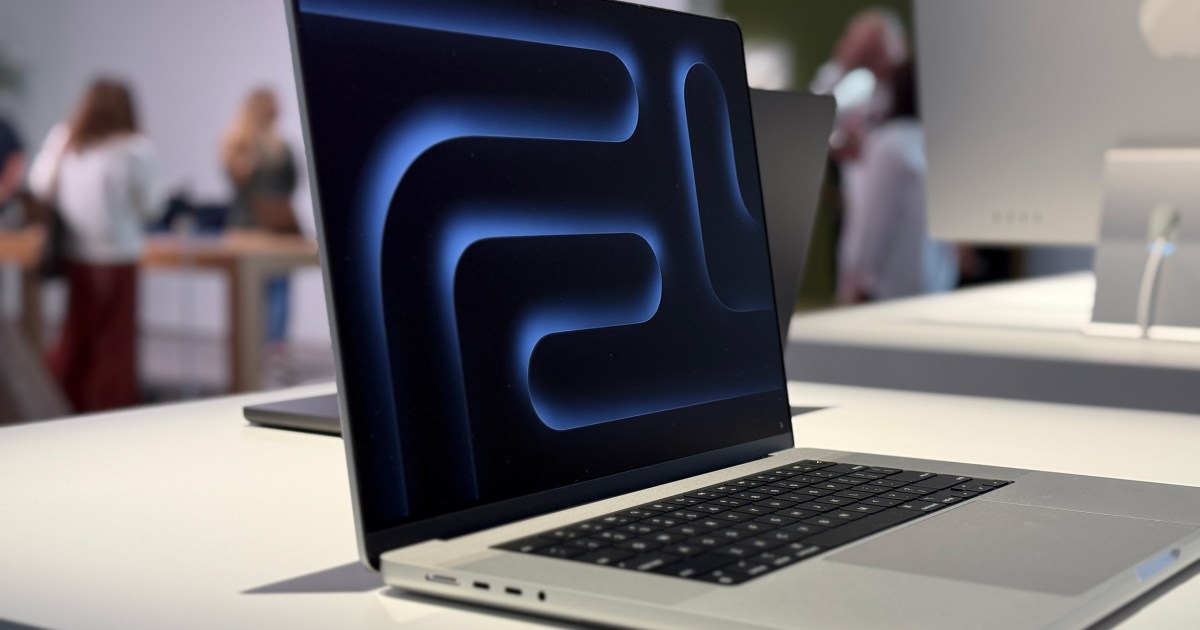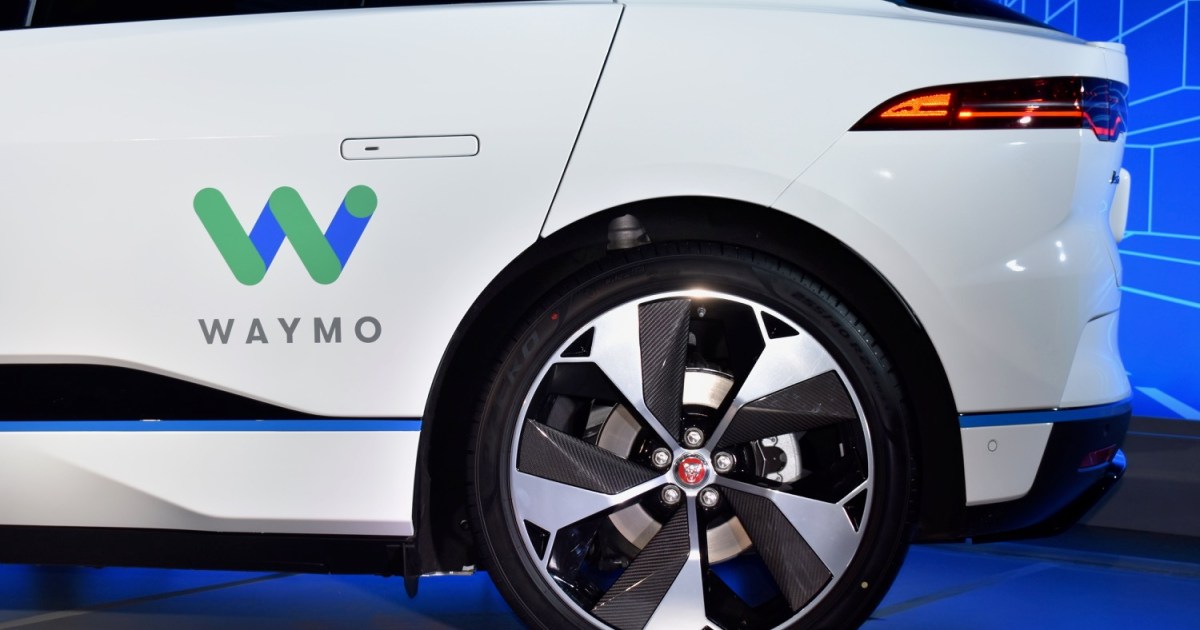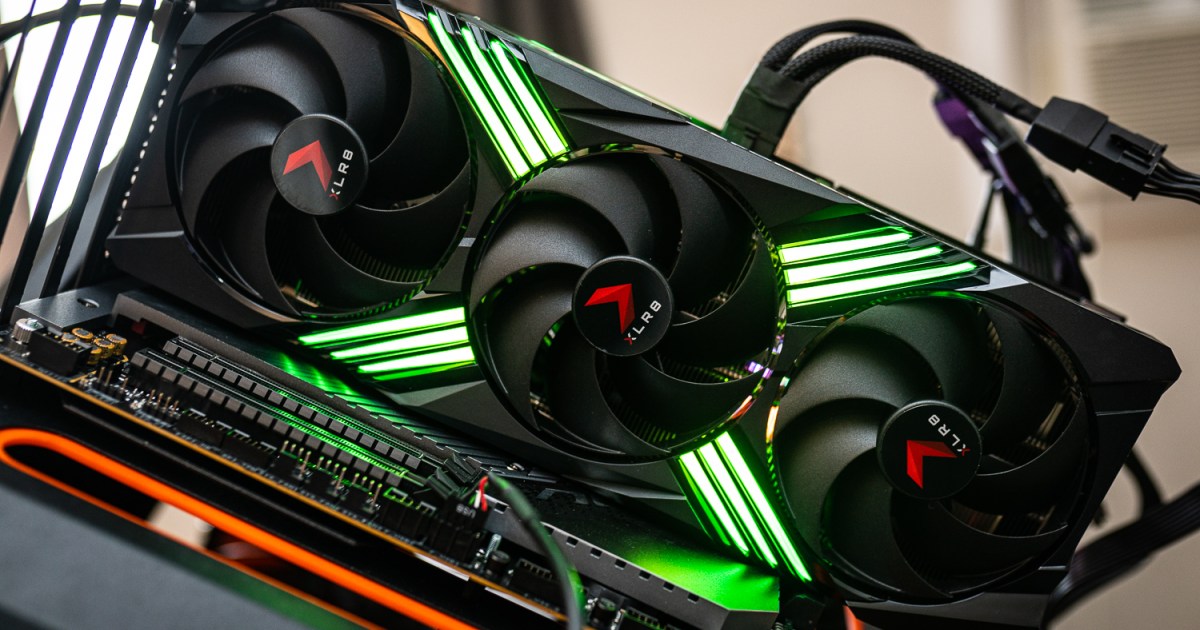Apple’s plans for a more budget-friendly version of its $3,500 Vision Pro mixed-reality headset have reportedly been pushed back significantly. Initial reports from earlier this year suggested a 2025 release for this more affordable model, but recent information from supply chain analyst Ming-Chi Kuo indicates a delay beyond 2027.
This delay comes as a surprise, considering earlier reports from Bloomberg, which indicated that Apple had planned a lower-priced version, codenamed N107, even before the Vision Pro’s launch. The target price was estimated to be between $1,500 and $2,000, potentially achieved by omitting features like the EyeSight display and using lower-resolution screens. 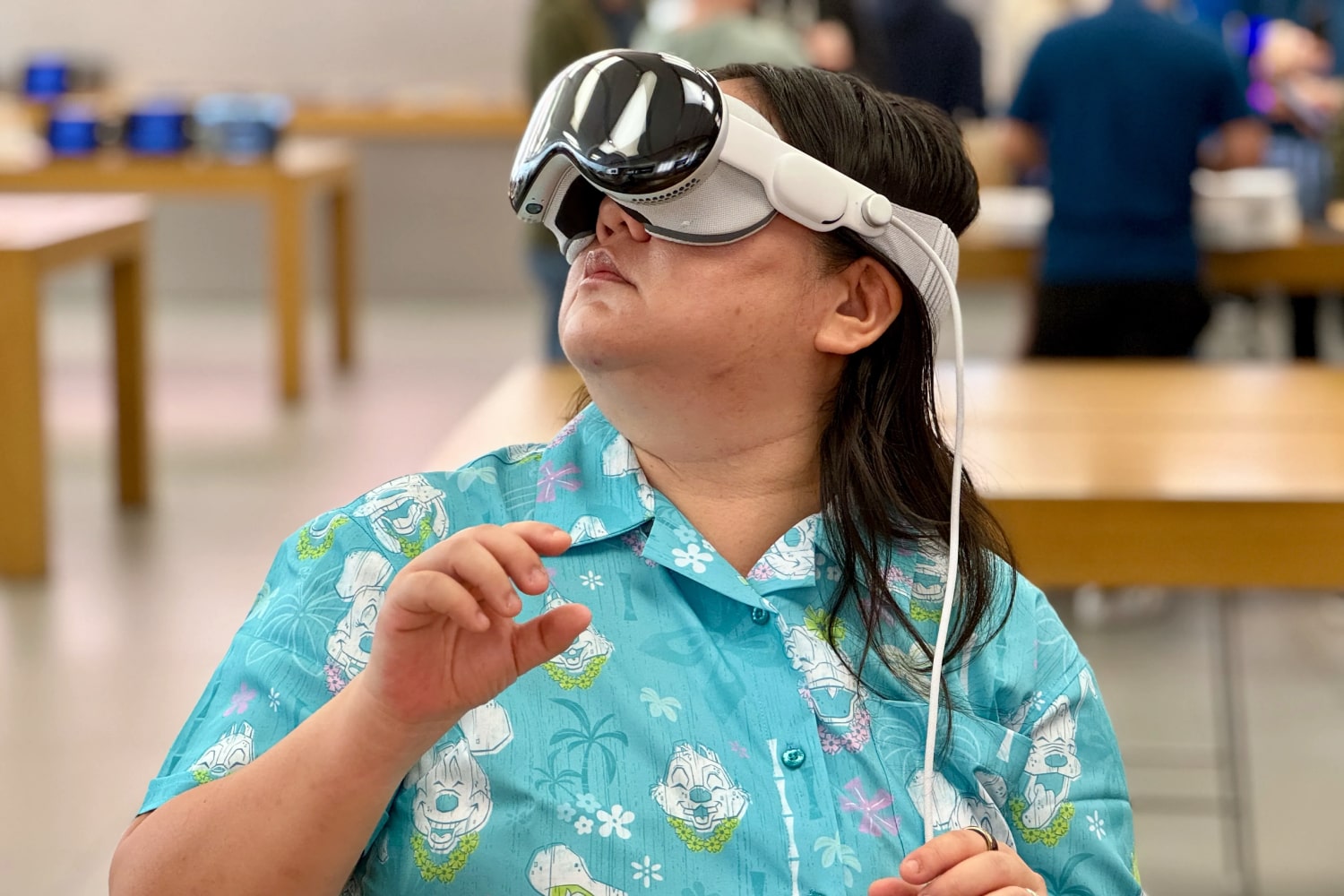 A person wearing the Apple Vision Pro demo unit in an Apple Store.
A person wearing the Apple Vision Pro demo unit in an Apple Store.
Reasons Behind the Delay
Kuo suggests the delay stems not from production challenges, but rather a lack of compelling use cases for the Vision Pro. He believes simply reducing the price wouldn’t necessarily drive adoption, especially given the limited software ecosystem. This resonates with the lukewarm reception the Vision Pro has received, largely due to the absence of a killer application.
Focusing on the Flagship
Instead of rushing a cheaper model to market, Apple may prioritize an updated Vision Pro with the next-generation M5 chip, replacing the current M2 and R1 processors. This strategy suggests a focus on refining the premium experience before expanding to a broader market.
Price Remains a Barrier
Even a “more affordable” Vision Pro might still be significantly more expensive than competing products, according to Kuo. This price disparity, combined with a nascent software library, creates a significant hurdle for widespread adoption. The XR market is currently driven by gaming, with mainstream headsets like the Meta Quest 3 and 3S priced considerably lower, at $500 and $300, respectively. Even the premium Meta Quest Pro is priced at $1,000, significantly less than the Vision Pro.
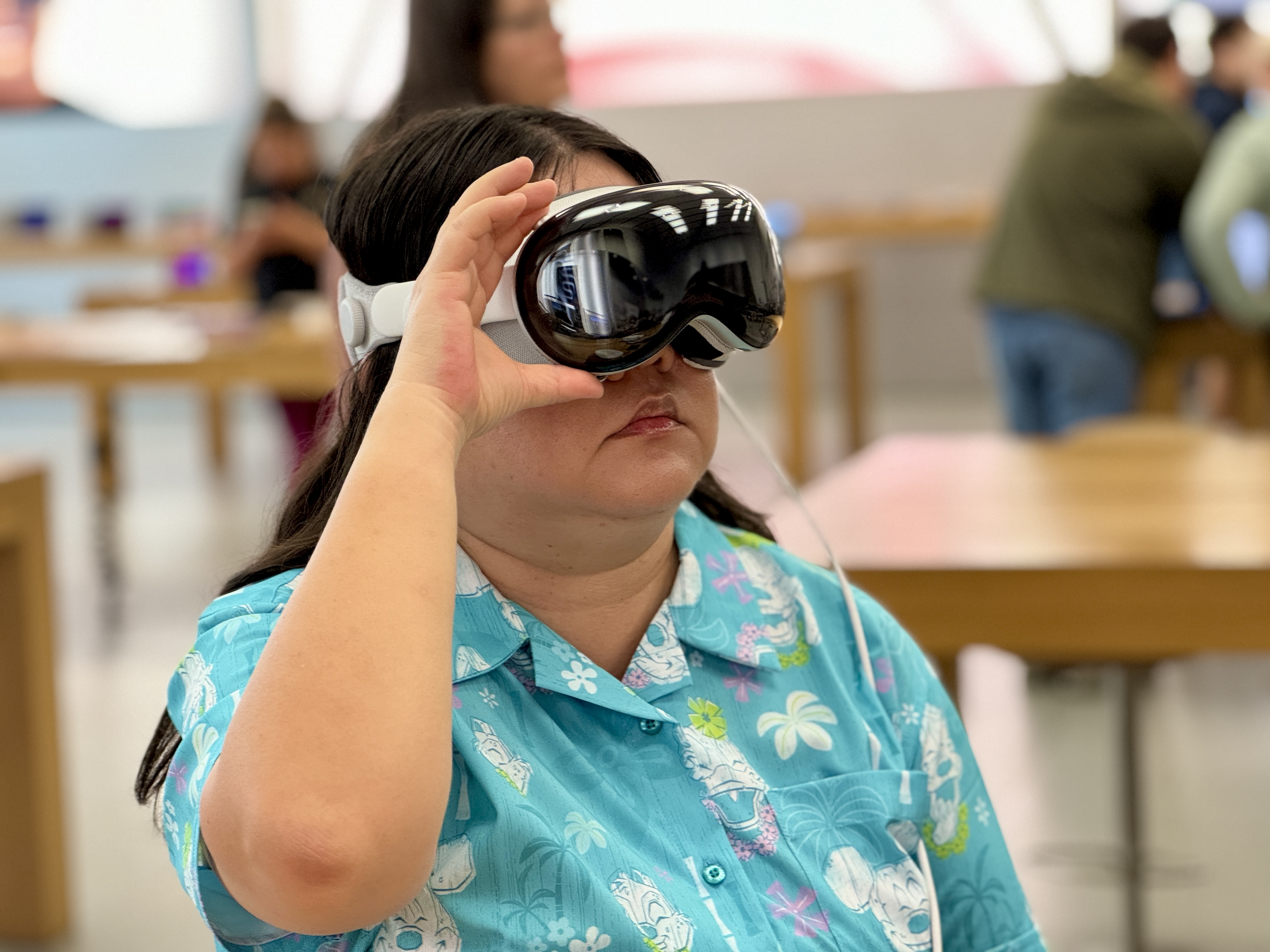 Christine wearing the Apple Vision Pro demo unit.
Christine wearing the Apple Vision Pro demo unit.
Competitive Landscape
Other manufacturers like Xreal, RayNeo, and Viture have gained traction with more affordable smart glasses focused on content consumption and gaming. Meanwhile, Meta, Snap, Google, and Samsung are also developing next-generation XR devices, further intensifying the competition. Qualcomm is reportedly supplying the silicon for Google and Samsung’s smart glasses initiatives.
Apple’s XR Future
While rumors point to Apple’s long-term ambition to develop smart glasses, the immediate future of its XR strategy rests on the Vision Pro line. Whether Apple can establish itself as a major player in this competitive landscape remains to be seen. The delayed affordable model underscores the challenges Apple faces in balancing its premium pricing strategy with the need to reach a wider audience. The company’s ultimate success depends on its ability to develop compelling use cases and cultivate a thriving software ecosystem to justify the Vision Pro’s premium price point, even in a more affordable iteration.



